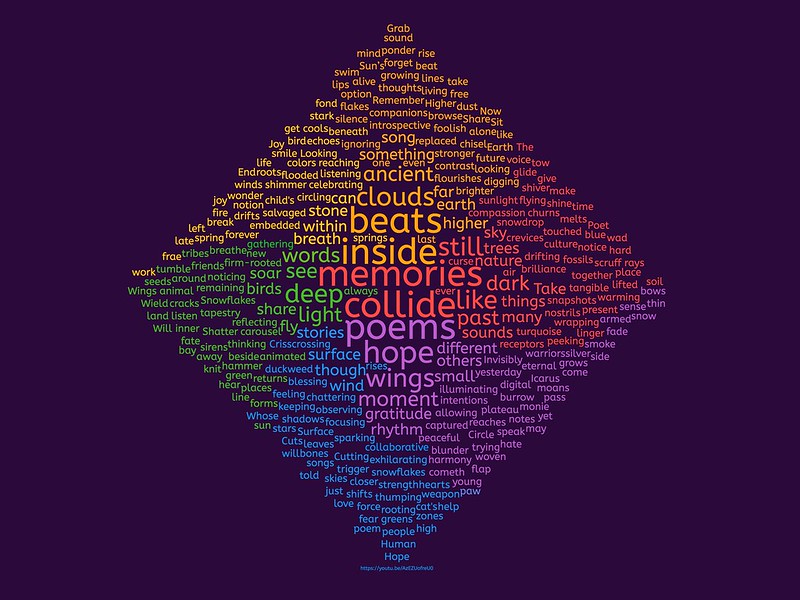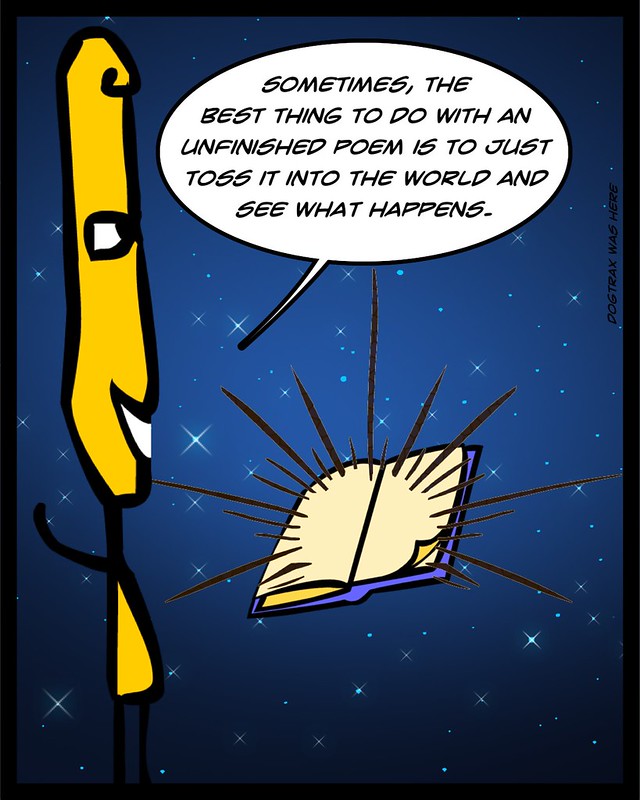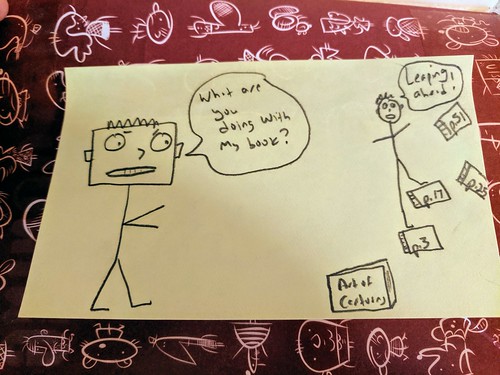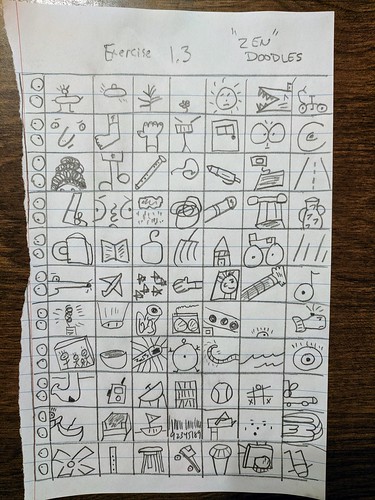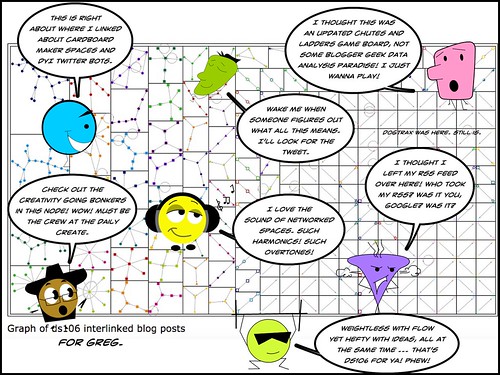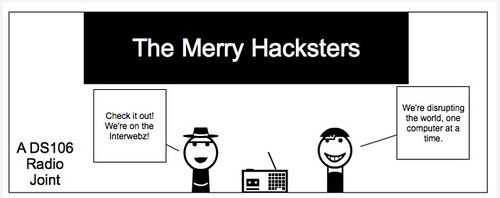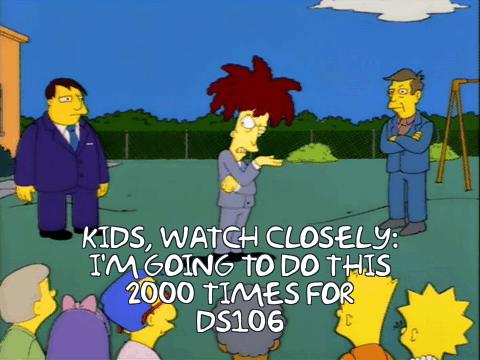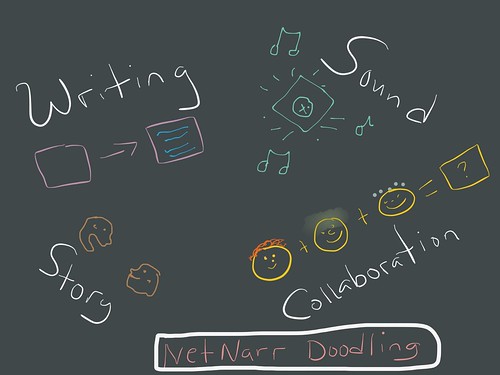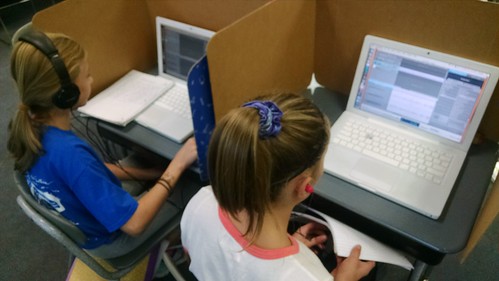The other day, I wrote about a collaborative poem that folks in #ds106, and #clmooc, and beyond had contributed to. With 106 lines in its construction, the poem has now become a place of possible remix. I had joked at one point at trying to write a Sea Shanty with some of the words (ie, TikTok trend) and yesterday morning, after watching a bunch of YouTube videos of the recent Shanty trend, I was pretty confident that I could remix something. Too confident. I tried to work out a song on my guitar and realized my Sea Shanty was becoming more folk-punk with a hint of Dylan.
Ah well. I abandoned that ship and sailed forward into this:
Here are my process notes for the writing and recording:
I dove into the 106 lines of poem and began to find and make couplets to the rhythm I had started on my guitar. Sometimes, I could use the phrasing outright. Other times, I had to do a little twisting and editing to make the words fit. If a line didn’t seem right, I moved on to the next.
I quickly realized again just how much interesting phrasing was going on in the collaboration, as people jumped into the original poem to add lines. I felt bad that I could not use something from every line but that was not going to happen or else it would be a 30 minute song. In the end, I had eight full stanzas of four lines of mostly rhymed couplets.
I realized a chorus and maybe a little musical bridge was needed to break up the song and to give it a hook. I tried a bunch of possibilities and ended up on a Believe/See theme (after abandoning a Breathe/See theme). The couplet lines in the chorus are mine, as they capture what the poem is all about, about remembering and connecting. The short musical interlude is a way to put space between the verse and the chorus.
You can read all the lyrics here.
For the music, I had first thought just to do a raw recording and be done with it. Guitar and voice. But then I had this bass line in my mind and I realized a simple drum pattern would propel it along, so I jumped into Garageband to lay down some tracks. From there, I moved the files to my computer, and recorded the guitar part.
The vocals, always my weakest point, came last and I nearly passed out, trying to fit all the words into the phrasing. At some points, you can hear me, gasping for breath on the phrasing. (or I hear me, anyway). I gave it a real Dylan reading/singing feel. You may notice that the first section has two verses, and then the next two sections, three verses, before landing on the last section, with one verse. It makes the center of the song feel longer than I’d like but when I had it another way, it all felt too long. Combining verses condensed the song.
I tweaked some of the audio settings here and there, and added an underlying vocal track to the chorus to give it more life and played an organ keyboard down low in the mix, but mostly, the song was recorded straightforward. I think it’s OK.
Peace (listening in),
Kevin
